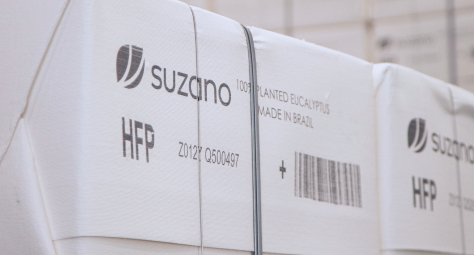sobre o que você deseja falar?


perguntas, sugestões ou problemas técnicos envolvendo a plataforma

informações sobre a empresa


During the third Conference of the Parties (COP3) of the United Nations Framework Convention on Climate Change (UNFCCC) in 1997, several countries signed the Kyoto Protocol. It established the mechanism now known as carbon markets, enabling the commercial transaction of carbon credits obtained through the reduction of emissions or the removal of carbon dioxide from the atmosphere. The goal of this tool was to stimulate the reduction of Greenhouse Gas Emissions (GHGs) by assigning a financial value to carbon.
Now, there are multiple ways of managing carbon. These forms have been divided into two groups that we know as the Regulated Market and the Voluntary Market. One method of Regulated Market is known as Cap-and-Trade, in which markets are established for a country, region or state where government or regulatory body defines a GHG emissions reduction target. This target is then broken down into the various sectors and an emission cap is set for each segment. Thus, companies that emit GHGs above the established limit must trade emissions allowances (Emission Unit Allowance - USA) from other parties that emit below the allowed limit in the same sector. Should the limit be exceeded, it is possible to buy carbon credits (CER) produced by emission capture projects or avoided emissions. Certified Emission Reductions (CER) are obtained through established Clean Development Mechanism (CDM) methodologies, which are managed by the UNFCCC bodies.
The Voluntary Market has also utilized the tool created in the Kyoto Protocol, through the Clean Development Mechanism (CDM) and the proposed methodologies for mitigating climate change. It was made possible for not only the regions to obtain credits, but also other organizations, such as NGOs, the private sector, and others. Voluntary carbon credits aim to mitigate emissions in a voluntary way, i.e. carbon credits or Certified Emission Reductions are audited by an independent third party and not linked to the UNFCCC. The main proponents of methodologies and certifiers are Verra's Verified Carbon Standard (VCS), Gold Standard, Social Carbon, and the UNFCCC's own CDM.
In November 2021, the United Nations Climate Change Conference (COP26) took place in Glasgow, Scotland. This event finalized the Rule Book for Article 6 of the Paris Agreement, established at COP21 in 2015. Through this development, the international carbon market was regulated and will be driven by a new mechanism to be called the Sustainable Development Mechanism (SDM), which will replace the CDM. The operationalization of this new mechanism will be further defined and put into practice in the coming years.
The agreement on the rules of the regulated carbon markets represents a historic breakthrough and, once put into practice, will be an important step towards a global system of investments in decarbonization.
The approved proposal for the regulated carbon market provides greater transparency, security and credibility to the system, with two stages of approval. In the first stage, the country has the discretion to validate or not the climate project. In the second stage, the initiative goes through an international audit, to be conducted by the UNFCCC.
As the number of approved projects is limited, the carbon credits to be traded in the regulated market tend to acquire significant valuation. As a result, financial resources can be raised in the scale and timeframe required for investment in carbon emission reduction projects, leading to positive social impacts in their respective regions.
For additional information on Suzano's involvement at COP26, please see the indicator "Suzano at COP26".